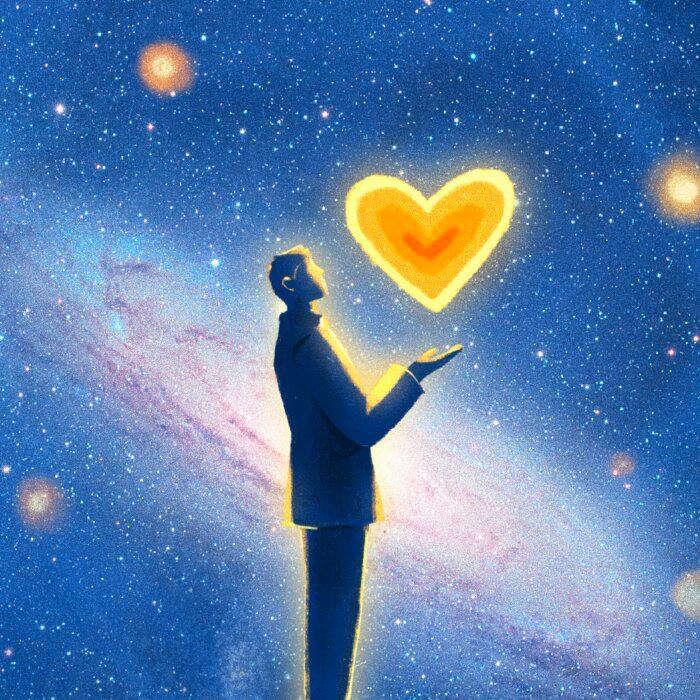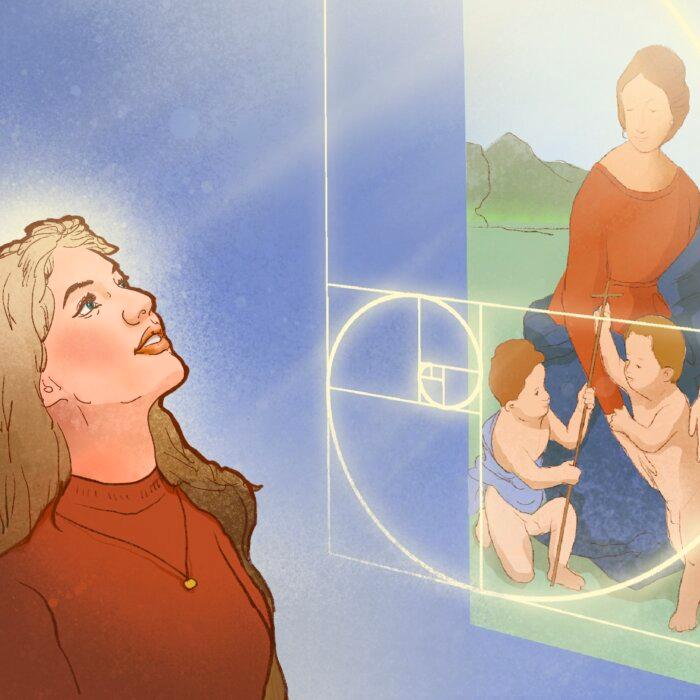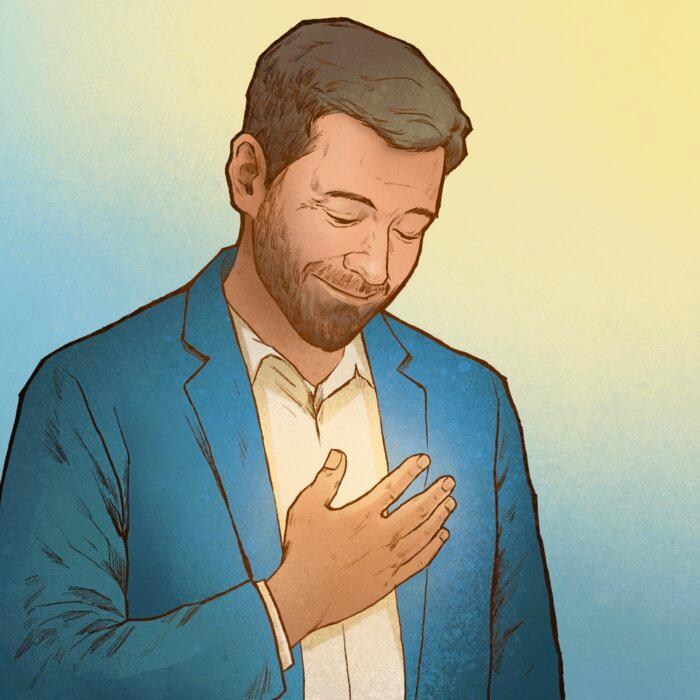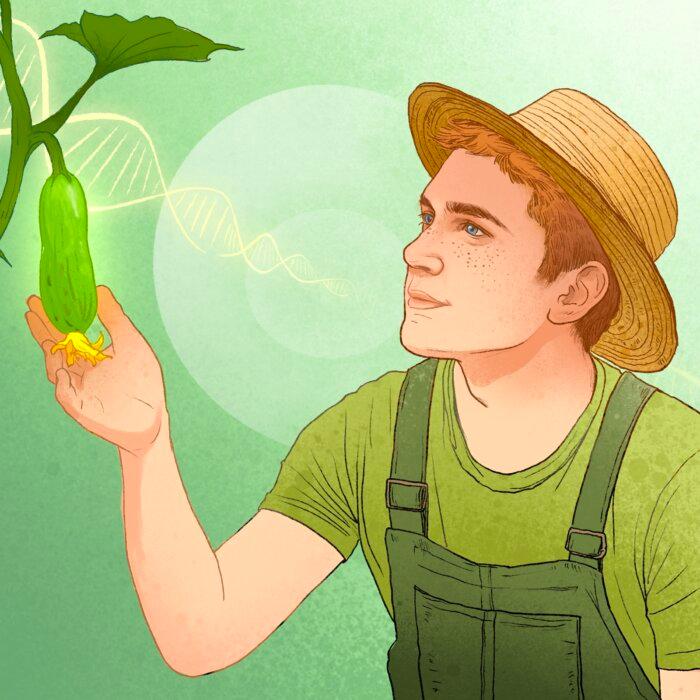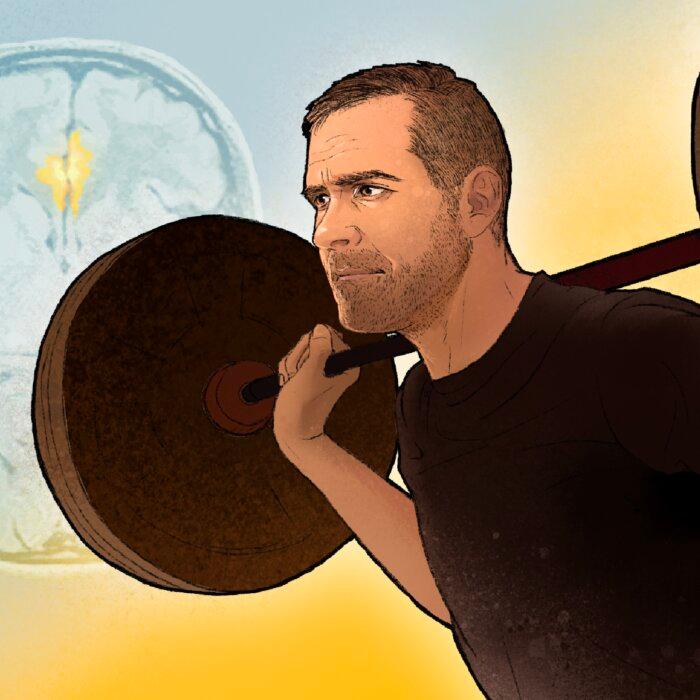At age 61, Ursula Dusolt enjoys a tranquil life in Germany, surrounded by a caring husband, three thriving children, and six healthy grandchildren. However, the path to happiness wasn’t smooth. For decades, she battled crippling anxiety and depression.
“I actually had nothing at all,” she said.
As a child, starting at age 2, Dusolt was abused by a man—a trauma no little girl should have to endure. The experiences unconsciously planted feelings of powerlessness and sorrow in her that deepened in adolescence and morphed into depression by adulthood. She felt unvalued, unloved, and without a reason to live.
When she got married, the feeling of hopelessness continued.
“I was breathing but not really living,” she said. Yet she continued out of a sense of responsibility to raise her children.
“At 44 years old, my children were teenagers, and I had lost all hope and confidence that my situation could ever improve,” she said.
Thoughts of suicide, which had followed her for years, grew stronger.
“I simply wanted peace and relief from the unbearable weight of my existence,” she said.
Before she could act, Dusolt’s younger brother—whom she hadn’t seen in years—visited her from South Africa.
“He invited me to dinner—a gesture that would change my life,” she said.
At dinner, Dusolt’s brother handed her a book. Later, at home, she began reading the book, and soon, she found herself unable to stop.
The Inner and Outer Transformation
The book was “Zhuan Falun,” the principal text of Falun Gong, a spiritual practice rooted in Buddhist tradition.It provided Dusolt with a compass, enabling her to use the principles of truthfulness, compassion, and tolerance to navigate the internal chaos and anguish she was experiencing. The practice emphasizes the importance of spiritual cultivation through self-reflection and aligning one’s heart with these virtues.
Soon, Dusolt experienced a profound transformation. She learned to look within, letting go of negative things inside her, and in the process, her true nature revealed itself.
“In truth, my character is naturally lively, energetic, and active,” she said. “But the pain [of depression] increasingly robbed me of these traits.”
With time, she learned to view things calmly, developing a positive mindset in every aspect of her life. As she released the heavy burdens of hopelessness, her physical health improved remarkably. The debilitating leg and head pains that had plagued her for years—constant companions to her mental suffering—vanished. Most significantly, her suicidal thoughts dissipated entirely.
She felt stronger, slept better, and could handle more housework. She even started smiling again.

Hope in Healing
“Hope is the belief that your future will be better than today, and you have the power to make it so,” Chan Hellman, director of the Hope Research Center at the University of Oklahoma, told The Epoch Times.Hellman said that in Dusolt’s case, newfound spirituality gave her a sense of meaning, purpose, and connection, allowing her to find a sliver of hope she had not felt for decades. Her mindset changed from pessimistic and avoidant to optimistic and achieving.
“Everything starts with hope,” Hellman said.
Dusolt’s journey echoes a growing body of research on hope’s effect on health.
According to the study’s authors, hope interventions may mitigate “deaths of despair” and improve public health across populations.

The Spiritual Dimension of Hope
Hope is often described as a cognitive process involving goals, pathways, and willpower. According to Hellman, the goal is your destination. The pathways are the different routes you can take, some of which might require detours when obstacles arise. Willpower is believing that you can move forward, even when the going gets rough. However, Hellman said there can be a more transcendent, almost mystical quality to how hope manifests itself, especially in times of deep despair.Everett Worthington, professor emeritus at Virginia Commonwealth University and a leading expert on hope and forgiveness, said religious faith and spirituality offer a unique goal and willpower, since they often focus on eternal things such as God and the afterlife. The emphasis is not on achieving something at the moment, but on “a confident commitment to well-being beyond the here and now,” he told The Epoch Times.
The spiritual dimension of hope becomes particularly evident in the face of terminal illness. Michael Barry, author and former director of pastoral care at Cancer Treatment Centers of America, has witnessed the power of hope in the healing process.
“Many of my patients were late-stage patients, often with little or no hope for even living, much less having a better future,” he told The Epoch Times.
According to Barry, “much of medicine is shrouded in mystery.” He said some of his patients who held on to hope experienced remarkable remissions. He recounted a case of a parishioner diagnosed with a spinal tumor. After Barry prayed with the man, the parishioner experienced a profound sense of warmth enveloping his body. The following day, he went to his doctor and discovered that the tumor had vanished—what medical science considers a “spontaneous remission” or, more colloquially, a “medical miracle.”
“Both he and I knew that God had answered a prayer,” Barry said. “Hope didn’t break through suffering. God did.”
For Barry, cultivating hope is deeply intertwined with spirituality.
Finding Light
Hellman, who has studied hope for more than 15 years, emphasized that hope is a mindset and a skill that can be taught and nurtured—not a personality trait that some people have and others lack.In Dusolt’s case, meditation practice—a key aspect of her spiritual discipline—became a powerful medium for cultivating hope.
“In the midst of chaos, it’s hard to focus on a pathway forward,” Hellman said. “Mindfulness allows us to temporarily settle our minds and see through the chaos a pathway forward.
“Hope is not light at the end of the tunnel. Hope is finding light in the tunnel.”
It’s often just a matter of identifying what’s within our control and setting achievable goals, allowing us to develop the pathways and agency that constitute hope.
For Dusolt, this manifested in a daily practice of affirmation. She now starts each day by saying, “Whatever comes, I will handle it well.” This simple reminder reflects her acceptance of life’s uncertainties and her confidence in navigating them—the essence of hope in action.
Further, hope is a social gift that can be received and given, according to Hellman. He recalled a moment from his life when, as a homeless teenager, he received simple but profound encouragement from a teacher: “Chan, you’re going to be OK.” These words planted a sense of hope that propelled him forward through difficult circumstances. The experience demonstrated that hope is contagious—it can be nurtured in others by recognizing their future-oriented statements, offering encouragement, and sharing stories of resilience and perseverance.
Now a grandmother of six, Dusolt often volunteers in her local neighborhood. She and her husband frequently travel and spend time in nature. She’s also developed a hobby of nature photography, which has further taught her patience and mindfulness.
“I started my true life at the age of 44,” she said. “I began to really experience my existence and what life encompasses.
“I live fully now.”


